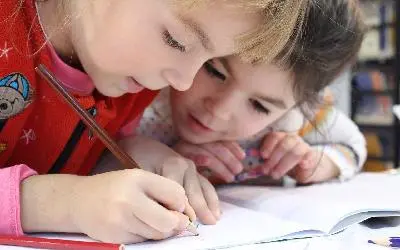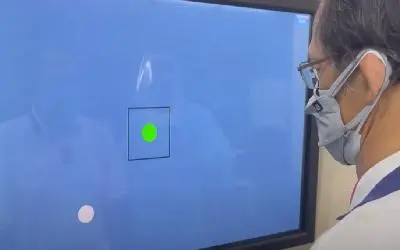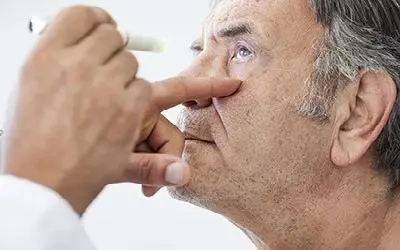Traumatic Brain Injury (TBI) is a significant cause of mortality in Malaysia, affecting individuals, including children and adults under 45 years old. In 2011, statistics revealed that car accidents were responsible for approximately 80% of TBIs, predominantly impacting individuals aged 15-24 (34%) and males (87%). These injuries often require intensive care, with about 25 out of 276 available ICU beds in government hospitals being occupied by TBI patients daily.
A specific type of TBI is a concussion, resulting from head blows that cause sudden and bouncing movements within the skull. Post Trauma Vision Syndrome (PTVS) manifests as symptoms like dizziness and issues with eye coordination following a concussion. PTVS occurs due to damage to the part of the brain involved in visual function and information processing, disrupting the normal functioning of the visual system. Consequently, individuals experiencing PTVS may encounter challenges sustaining attention, comprehending information, and may face eye-tracking difficulties leading to information confusion and eventual headaches or migraines.
Causes of concussion
(i) Bumps or blows to the head
(ii) Hits the body and causes the head to move violently back and forth
(iii) Accidents
(iv) Sport that involves physical contact with other players or contact with a ball
Symptoms
(a) Impaired Reading Abilities
PTVS affects eye tracking and coordination, leading to difficulties in reading and comprehending text. This can indirectly impact performance in tasks involving reading, similar to how an injury might hinder a marathon runner’s performance despite their physical fitness.
(b) Dizziness, Balance Issues, and Vertigo
PTVS disrupts the integration of information from the vestibular, proprioceptive, and visual systems, often requiring vestibular rehabilitation. Special lenses fitted onto glasses can alter spatial perception, improving balance and reducing symptoms during rehabilitation.
(c) Headaches or Migraines
Extended exposure to computers, reading, or visually busy environments can trigger headaches or migraines in PTVS patients.
(d) Ocular Motor Dysfunction
This refers to inaccurate eye tracking, affecting activities like following a finger or lines in reading material. It leads to decreased eye-hand coordination and navigation ability. Untreated ocular motor dysfunction can hinder progress in therapy conducted by occupational and physical therapists.
(e) Binocular Dysfunction
Inability to accurately use both eyes together affects daily activities like reading, driving, or playing sports. Untreated binocular dysfunction can impede progress in therapy conducted by occupational and physical therapists.
(f) Convergence Insufficiency
This inability to accurately use both eyes together at close distances can impact tasks requiring near vision, especially under stress.
(g) Accommodative Dysfunction
When the lens can’t shift focus within a normal range or the brain struggles to control focal points, it results in accommodative dysfunction.
Treatments
Neuro-Optometric Vision Rehabilitation is a specialized program designed to assist patients in training their brain to manage eye movements, coordinate visual functions, and interpret input information related to depth perception and vestibular integration. This rehabilitation not only aims to enhance vision function but also focuses on alleviating associated symptoms. Through targeted exercises and therapies, this program aids in improving how the brain processes visual information and coordinates eye movements, leading to enhanced overall visual function and symptom reduction.
https://www.youtube.com/watch?v=LV9nicdaLpI
https://www.youtube.com/watch?v=bSqpesFmqN4&t=70s
References:
https://neuroscirn.org/ojs/index.php/nrnotes/article/view/52/95
http://www.e-mjm.org/2009/v64n/



